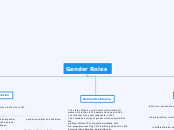realizată de Pablo Delgado 6 ani în urmă
345
European Language Portfolio
The European Language Portfolio (ELP) is a tool introduced by the Council of Europe to aid language learners in documenting their language learning progress and achievements. It also serves to record their experiences with different cultures.









